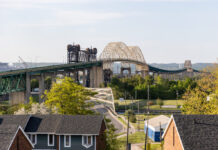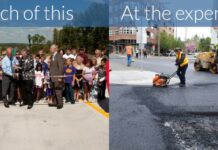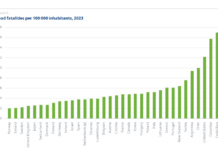It is no secret that cities are responsible for a large share of global greenhouse gas (GHG) emissions, and urban transport is one of the key contributors to this. The design and functioning of a city’s mobility system have a significant impact on both emissions and vulnerability to climate-related risks, such as extreme heat, flooding, and weather-related disasters. For example, sprawling and car-oriented cities tend to have more asphalt and concrete surfaces that exacerbate ‘heat island’ effects in high temperatures, while also being more vulnerable to flooding because these surfaces are less absorbent to rain.
A vital solution to these challenges would be to rapidly orient more urban infrastructure towards natural blue-green (greenery and water-based) solutions, which will be more resilient and adaptable to climate volatility. Beyond its environmental impacts, nature-oriented cities can also have many positive effects on public health, economic growth, social engagement, and, of course, mobility. Blue-green infrastructure often complements pedestrian and cycling networks as well as public transport corridors, while de-emphasizing the need for emissions-heavy car trips.
The post Ahead of COP30, The Spotlight is on More Nature-Based Solutions for Cities first appeared on Institute for Transportation and Development Policy.









